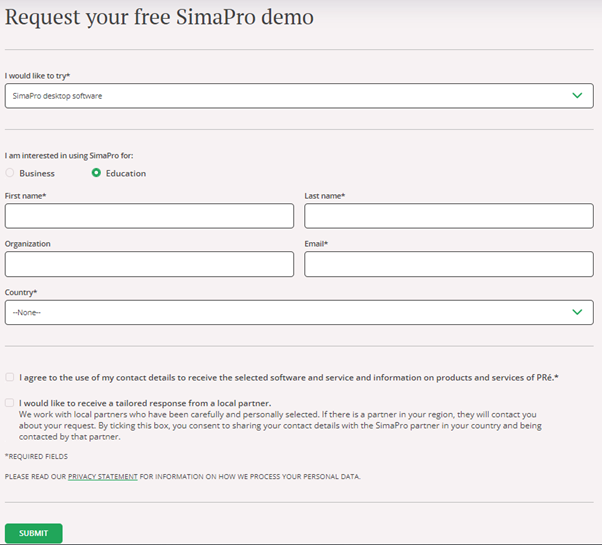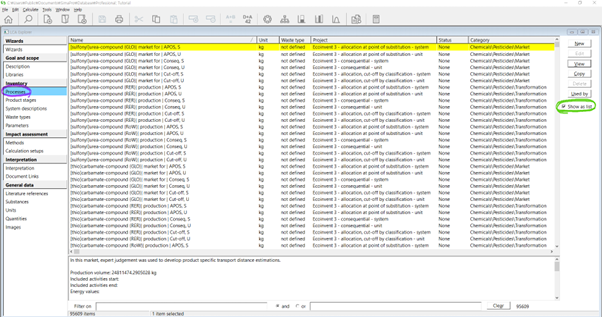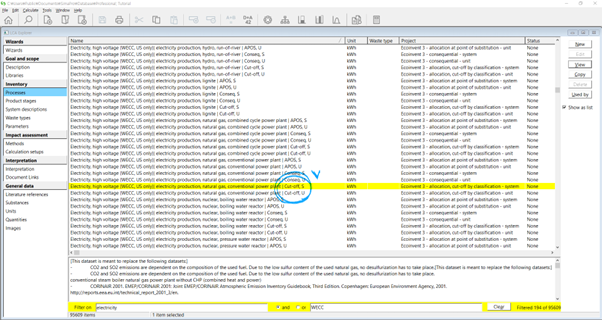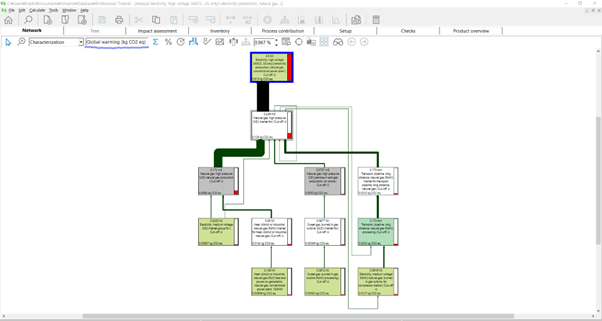
Free Usage Method and Tutorial for SimaPro for Life Cycle Assessment
- Boreum Lee, Ph.D.
- LCA , SimaPro
- October 27, 2023
Introduction to Accessing and Using SimaPro
This article explains the process of utilizing existing inventory databases in SimaPro to calculate carbon dioxide emissions. I am using SimaPro version 9.1.0.11. Before making the investment in purchasing a full license, you can evaluate the software by using a demo version available for approximately 30 days.
Visit the official demo page: https://simapro.com/try/
Upon accessing this link, you will see a screen similar to the image below.

Obtaining the Demo Version
I recommend downloading the demo version of SimaPro desktop software to evaluate its capabilities. Since I intended to use SimaPro for educational purposes, I selected the “Education” option. If you’re utilizing it in a commercial environment, you should select “Business” instead.
To download the demo:
- Enter your first name, last name, email address, and country
- Agree to the terms and conditions
- Click the “Submit” button
Shortly thereafter, you will receive an email containing a link to download the demo file. As SimaPro represents a significant investment, I strongly recommend trying the demo version first and proceeding with a purchase only if you determine it meets your specific requirements.
Step-by-Step Tutorial: Calculating Carbon Emissions from Electricity Production
Now, I will demonstrate how to calculate the carbon dioxide emissions generated during electricity production in the western region of the United States using SimaPro’s existing databases. After completing the initial setup, navigate to “Processes” under “Inventory” in the left panel. Then enable the “Show as list” option by checking the box on the right side of the interface.

Searching for Inventory Databases
Next, we’ll search for relevant inventory databases using specific keywords. For our example, we’ll use “electricity” and “WECC” as search terms.
Note
WECC refers to a specific regional designation. The Western Electricity Coordinating Council (WECC) encompasses an area extending from Canada to Mexico, including all or parts of Alberta and British Columbia provinces, northern Baja California in Mexico, and 14 western states of the United States. If you need to analyze database values for different regions such as New England, New York, New Jersey, Pennsylvania, or Delaware, you should select NPCC (Northeast Power Coordination Council) instead.

Selecting an Appropriate Process
Electricity can be generated through various fuels and methodologies. For this demonstration, we’ll examine the process of electricity production from a conventional natural gas-powered plant. Scroll through the results to locate: “Electricity, high voltage (WECC, US only) electricity generation, natural gas, conventional power plant (Cut-off, S).”

Understanding Process Naming Conventions
As we can observe, inventory database entries are typically named following a consistent structure:
- The product being generated (what)
- Electricity type and production location (where)
- Production method and raw material (how)
- Allocation method for LCA results (methodology)
Allocation methods generally fall into three categories: APOS, Conseq, and Cut-off:
- APOS: Allocates environmental burden based on alternative values, reflecting each product’s contribution to meeting market demand
- Conseq: Allocates based on changes in product demand, accounting for indirect effects and potential future changes
- Cut-off: Excludes certain environmental processes, allocating only the environmental impacts within the user-defined system boundary
If you frequently utilize system boundaries such as cradle-to-gate (SimaPro) or Well-to-Gate (GREET), the cut-off method can provide more accurate results for your specific analytical needs.
Additionally, the “S” and “U” designations represent system and unit process levels, respectively, indicating the detail level of inventory data. Selecting “S” (system) reduces calculation time and is generally sufficient for most analyses, while “U” (unit) provides more granular results for detailed examination.
Calculating Carbon Dioxide Emissions
For a comprehensive initial assessment, let’s examine the detailed results. Double-click on “Electricity, high voltage (WECC, US only) electricity generation, natural gas, conventional power plant (Cut-off, U)” to open the process information screen. Then click the “Network” button to initiate the carbon dioxide emissions calculation.

After clicking the Network button, a calculation setup window will appear. Here, we need to specify the functional unit for our analysis. Since kilowatt-hour (kWh) is a more intuitive unit for electricity, I’ll select this by clicking the button under the “Unit” section.

Proceed by clicking “Calculate” to initiate the analysis.
Interpreting the Results
Upon completion of the calculation, the carbon dioxide emission results will be displayed in a Sankey diagram similar to the one below. The Sankey diagram provides visual insights into emission contributions—thicker arrows indicate processes with greater contributions to total carbon dioxide emissions.

As evident from the results, the process with the greatest impact on carbon dioxide emissions during electricity production is the electricity generation process utilized during natural gas production. To view the environmental impact assessment results in tabular format, select “Impact Assessment” and click the “Table” icon.

Conclusion
Through this analysis, we can verify that approximately 0.613 kg CO2eq is generated in the process of producing 1 kWh of electricity from a natural gas-based power plant. This demonstrates the effectiveness of SimaPro in quantifying the environmental impacts of various production processes.
Related Posts

Getting Started with LCA and SimaPro
Introduction to Life Cycle Assessment I studied Life Cycle Assessment through the “Life Cycle Assessment Student Handbook” (2015). The first section, which provides an overview of Life Cycle Assessment, highlights two key requirements for performing an Life Cycle Assessment:
Read More